Dhanvantari Yagna: Significance, Procedure & Benefits
An incarnation of Lord Vishnu, Lord Dhanvantari is known as the divine healer & the doctor of the Gods. Since he was the first divine incarnation to convey Ayurveda's knowledge to humankind, he is often regarded as the father of Ayurveda.
Dhanvantari, an avatar of Lord Vishnu who is regarded as the universal healer, appeared during the Samudra Manthan (the great churning of the cosmic ocean of milk) while carrying the Amrit Kalash (elixir of life). He is regarded as the father of Ayurveda. Dhanvantari is represented as Lord Vishnu with four hands carrying Amrit Kalash (Divine nectar), Shankh (conch), Chakra, Medicinal Herbs, and an Ayurveda book.
Ayurvedic practitioners commemorate his birthday every year on Dhanteras, two days before Diwali, the Hindu festival of lights. In India, it is also celebrated as National Ayurveda Day.
Connection between Lord Dhanvantari & Dhanteras
Dhanteras, also known as Dhantrayodashi, is celebrated throughout India as a festival of wealth and abundance. The day is celebrated on the 13th Lunar Day of Krishna Paksha in the Karthik month of the Vikram Samvat Hindu Calendar. This festival is related to the term 'Dhan,' which means wealth, and Dhanvantari.
God of Ayurveda and Goddess Lakshmi are worshipped for their knowledge of herbs and for promoting wellness. According to the mythological story of the great churning ocean, Samudra Manthan, to obtain Amrit - the elixir of life, Dhanvantari and Goddess Lakshmi emerged carrying a jar of the elixir on this day.
As a mark of respect, Goddess Lakshmi and Lord Kuber are also worshipped. Gold and other precious metals are therefore essential to this festival and play a major role in it. On this day, people purchase gold and other precious metals in an attempt to bring good fortune for the entire year.
Additionally, Dhanvantari is marked as a day of devotion for Dhanvantari, the founder and father of Ayurveda, Yoga, Naturopathy, Unani, Siddha, and Homeopathy, on which Dhanteras and the National Ayurveda Day are celebrated.
Dhanvantari – The Legend
Ayurveda is a branch of the Vedas and spiritual science. Ayurveda is a system of knowledge that has been handed down from one generation to other. According to the legend, Brahma, the creator, created the knowledge of Ayurveda and handed it to Prajapati, who then passed it on to Ashwini Kumar, the divine physician, who then taught it to Indra, and so on.
According to Charak Samhita, Ayurvedic knowledge is everlasting and is revealed by the Divine itself in each cycle of creation same as how Lord Vishnu took the avatar of Lord Dhanvantari and taught Ayurveda to the world in order to alleviate some of humanity's miseries.
According to ancient Hindu scriptures, when the universe was created, the Devas and Asurs were yearning to obtain Amrit - the divine elixir of life as well as the antidote to death that might make them immortal. Only the churning of the ocean could create the nectar.
During the Samudra Manthan, the churning of the ocean was so laborious that Lord Vishnu had to appear in several forms to assist them and keep the elixir from disappearing. Many Divine beings and objects emerged during this process, including Shri Lakshmi (the goddess of wealth), the wish-fulfilling tree Kalpavriksha, the white horse Ucchaisrava, the wish-fulfilling cow Kamadhenu, the white elephant Airavata, and the rare diamond Kaustubhamani.
Finally, Lord Dhanvantari with the elixir vessel (Amrit Kalash) appeared. He had a broad chest, a bluish-black complexion, powerful arms, curly hair, and red eyes, and moved like a lion while holding a conch, leeches, medicinal herbs, a chakra, and a long pot of ambrosia, earning him the name Sudha Pani (carrying nectar).
During the time of churning, Lord Vishnu prophesied that Lord Dhanvantari would arrive to impart the Science of Ayurveda to the world.
When should you perform Dhanvantari Yagna?
The best time to perform this Yagna is on Ekadashi Tithi or on the Janma Nakshatra (birth star day) of the person who is suffering from chronic health issues or on Dwadashi or Purnima or Dhanteras Day.
Why should you perform Dhanvantari Yagna?
- Devotees perform this Yagna to seek Lord Dhanvantari's blessings for good health and to reverse health concerns.
- To receive the Lord's blessings in order to achieve success, prosperity and good health.
- During this Yagna, 108 different kinds of herbs are burned while chanting the Dhanvantari Mool Mantra, which purifies the air and treats illnesses by releasing therapeutic gases into the atmosphere.
- This Yagna should be performed once a year to promote longevity and good health.
- The Yagna serves as a wellness booster.
- This Yagna is divided into three parts, each of which contains the three divine specialists for our long and healthy lives: Dhanvantari, Ayur Devata and Mrityunjaya.
What are the Benefits of Performing Dhanvantari Yagna?
- Get Lord Vishnu's blessings.
- Develop strength, energy, vitality, immunity, and longevity.
- Eliminate ailments and health-related problems.
- Helps in leading a prosperous and happy life.
- Every form of bad energy is destroyed and positive energy is restored.
What is the Procedure for Dhanvantari Yagna?
Start by cleaning the entire house, then take a head bath, dress traditionally and decorate your home with flowers and mango leaves. After that, do the following:
Start with an invocation – Lord Ganapathi Sthapana, followed by the Pooja.
Aachamanam: This procedure requires drinking holy water while reciting mantras to cleanse your body, spirit and soul.
Vigneshwara Pooja: This entails worshiping Lord Ganesha and pleading with him to grant the strength to carry out this Yagna without any difficulties.
Sankalpa and Pranayam: Purifying your breath and making a pledge to appease Lord Ganesha and the planetary Logos.
Kalasa Shuddhi: Water must be poured into the Kalash so that it can be consecrated with divine energies throughout the Yagna procedure. Then sprinkle this holy water on everyone and everything in the house.
Agni Prathistahapana: This procedure involves chanting the Agni Mantra and putting fire into the Havan Kund to ignite it.
Dhanvantri Idol and Yantra Stapana: You may set up a small altar for Lord Dhanvantri Idol and Yantra and decorate it with flowers and mango leaves.
Dikpaala and Navagraha Puja: It is performed along with Panchopachara Puja, in which the priest invokes God while pouring the preliminary offerings into the Havan Kund. Then, by offering Ahuti in the Havan Kund, he chants the Mool Mantra of the Navagraha, or nine planets, as well as other mantras. The Ahuti represents food for the Divine God.
Use the following colours for the different planets: Sun (red); Moon (white); Mars (crimson red); Mercury (green); Jupiter (yellow); Venus (white/pink); Saturn (black); Rahu (blue); Ketu (multicolored).
Yogini Puja: Invoking 64 yoginis, one asks for blessings for the family's wellbeing.
Chanting of Dhanvantari, Ayur and Mrityunjay Mool Mantra: This is done by placing the herbs and ghee in the Havan Kund.
Dhanvantari Mantra
Om Namo Bhagavate Vasudevaaya
Dhanvantaraye Amrita - Kalasha Hastaaya
Sarva-amaya Vinashaaya Trailokya Naathaya
Dhanvantri Maha-Vishnave Namaha
Mrityunjay Mantra
Om Trayambakam Yajaamahe
Sugandhim Pushtivardhanam
Oorvarukamiva Bandhanaan
Mrityor-Mokshiyamaamrutaat
Chanting Slokas: Herbs and ghee are followed by the Dhanvantari Stotram, Dhanvantari Raksha Kavach and the Vishnu Sahasranamam.
Poornahuti: It is the most significant ritual in the entire Yagna and everyone from the family should be present in front of the Kund. It is the highest form of a person's desire. An important component will be placed in a piece of fabric, tied and offered to the Havan Kund by the priest after the cloth has been dipped in ghee.
At last, enjoy the feast with your family and loved ones; you may also make a donation at your leisure.
What Medicinal Herbs are included in the Yagna?
A total of 108 types of herbs are included and some of them are listed below:
Ashwagandha, Bilva Patra, Amla, Giloy, Gugul, Mulethi, Khas Khas, Beej Tulsi, Shatavari, Alsi, Laung Pahadi, Laung, Sitawar Safed, Isabgol, Abeer, Jaifal Asli, Phool Kamal, Kala Til, Ashoka, Tagarganth, Majith, Nagkesar, Gulab Patti, Kangi, Tomar Beej, Gudbach, Shivlingi Beej, Ajwain seeds, Heena Seeds, Agarwood, Dhoop Lakdi, Sitawar Safed, Bhut Kesar, Shankawali, Phool Kusmba, Nagar Motha, Babuna, Deodar Chips, etc.
What is the Science behind Dhanvantari Yagna?
One of humanity's greatest inventions is fire. Yagna is one of the many uses for the fire that exists. We are aware that although energy cannot be created or destroyed, it may be changed from one form into another.
In order to change energy from one form to another, which is good for human physical, psychological and spiritual welfare, the Yagna process uses two of the most powerful energies: sound (as in Vedic hymns) and heat (as in the Yagna Kund).
Some benefits of the Yagna are as below:
The Aroma of the Yagna: It disseminates the aroma and heat created by the Yagna to a great distance and aids in the diffusion of vaporized particles into your surroundings.
Yagna Kund Architect Pyramid: Each form of the Yagna kund has a particular significance and is made up of different energies at the kund's center. For example, triangular kund represents victory, square kund represents overall well-being and octagonal kund represents excellent health.
Clarified Butter: Ghee is a natural combustion fuel for anything formed of hydrocarbons, and it helps to keep the fire lit. The Homam (fire ritual) utilizes clarified butter, which emits natural fumes that eliminate blood clots and bacteria that harm the nasal passages, lungs and veins.
In addition to localized dermal and bronchial effects, essential oil constituents that enter the nasal cavities, skin or lungs have direct effects on the autonomic nervous system that can be categorized as relaxing or stimulating in terms of basic responses like heart rate, blood pressure and respiration.
Environmental Purification: These oils prevent illnesses by maintaining the threshold value of the therapeutic components in the body due to their high temperature, which enters the central nervous system through the nasal route.
Fumigation: 108 herbs are used in this Yagna, and each one has unique properties that release medicinal phytochemicals. The decomposition and transformation of particular substances in the Yagna fire is a scientific method of subtly transforming matter into energy and enhancing its potential and beneficial effects.
The electromagnetic waves produced as a result, together with the aural signals encoded in the mantras, help in strengthening and spreading the intended effects of the Yagna across the close surroundings as well as beyond.
Sound Vibration: The sound waves created by the mantras' vibrations and harmonic pattern contain a significant quantity of energy that may be used to improve your health and wellness.
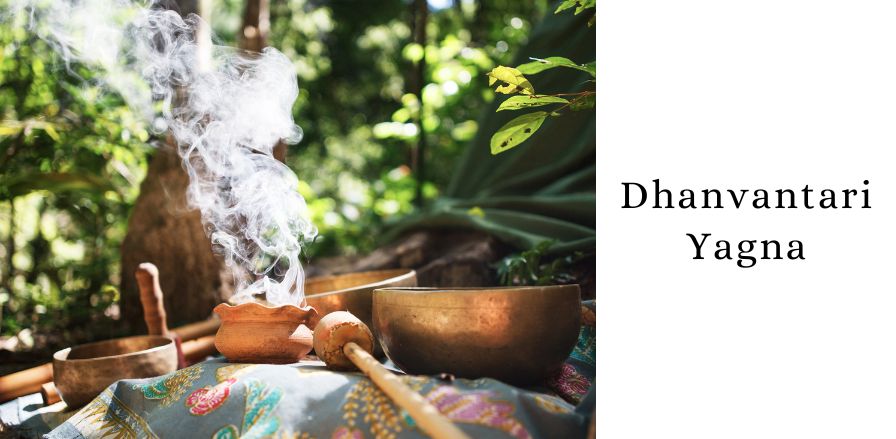



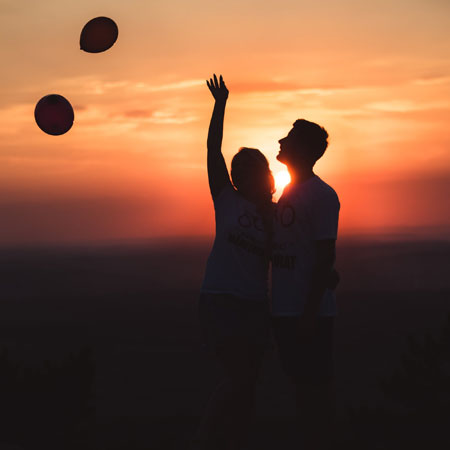
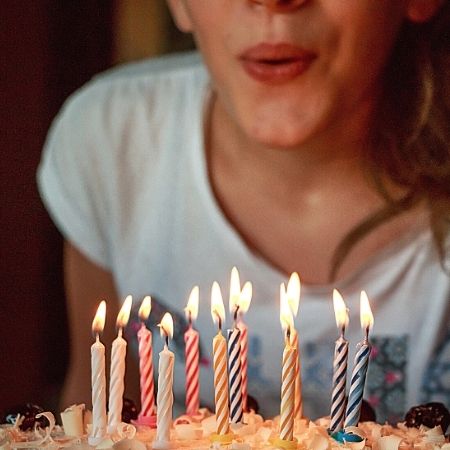



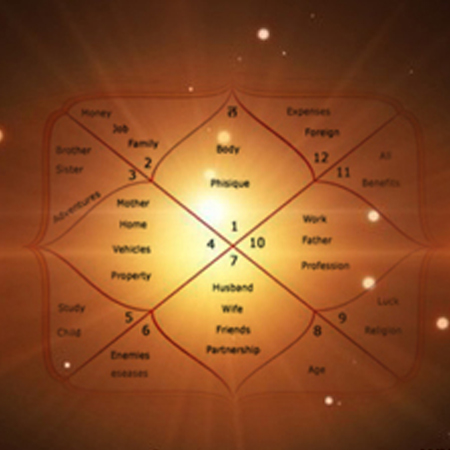

 Gemstone Jewelry as per Your Moon Sign
Gemstone Jewelry as per Your Moon Sign
 Best Dads of the Zodiac Panel: An Analysis
Best Dads of the Zodiac Panel: An Analysis
 Are Your Zodiacs Lovers or Enemy: Incompatible Ascendants
Are Your Zodiacs Lovers or Enemy: Incompatible Ascendants
 Importance of Ketu in Vedic Astrology
Importance of Ketu in Vedic Astrology
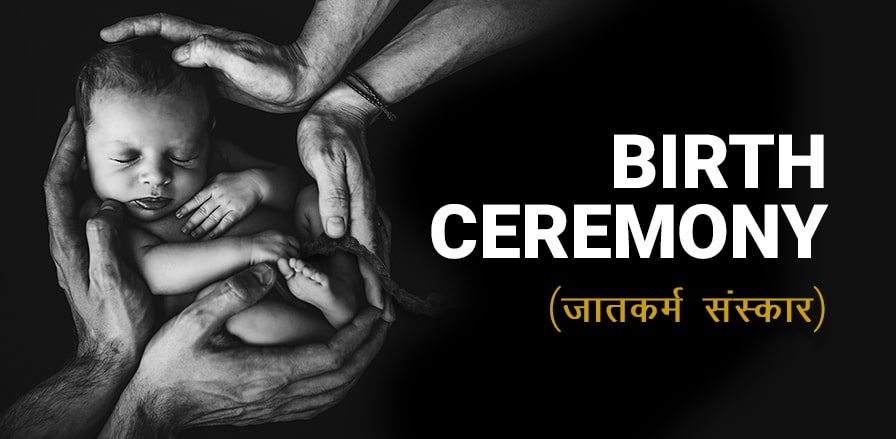 Birth Ceremony (Jatakarma Samskara)
Birth Ceremony (Jatakarma Samskara)
